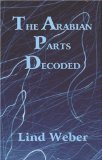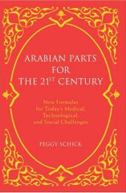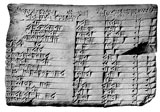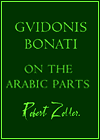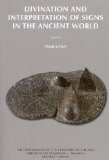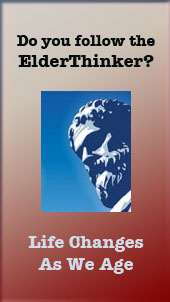Arabic Astrology
Arabic Astrological Parts
Gretchen Heuring | ElderThink | 07.16.10
Arabic Astrology is the oldest known type of Astrology on earth. Much of it has faded from view since the rise of Islam in the 5th century but recently scholars have rediscovered some of this knowledge.
A Note On the History of Arabic Astrology
The center for ancient Arabic scholarship and science was in Babylon. Methods for observing and measuring changes of heavenly bodies were first developed there. In those days there was healthy trade between

Assyrian Star Map
Arab, Indian and Chinese merchants traded along the "Silk Road" so it is not surprising that China and India adopted Arabic methods for studying and measuring changes in the skies. There were even collaborative efforts between Chinese, Indian and Arab Astronomers and Astrologers as early as 1800 BC.
About 350 BC, Alexander the Great destroyed the libraries of Babylon and all their contents. Some valuable tablets were sent to China and India for safekeeping but most were lost.
It was more than a hundred years before the Arabs were able to restore order and recover some of their knowledge. At this same time, a Chinese Emporer went mad and destroyed many Chinese libraries and scientific instruments.
It is just in the last few years that modern scholars have been able to recover some of the lost knowledge.
This video by Arthyr W. Chadbourne
provides an opportunity to practice the use of Arabian Parts.
Part of Fortune (Pars Fortuna) Most Common Today
Though there are many parts, the most commonly known is Fortuna; the point on the chart that is the same distance from the moon as the sun is from the ascendant.
There are different calculations for those born at night. Both use 360 degree positions at each point.
Day Time: PF = Ascendant + Moon - Sun
Night Time: PF = Ascendant + Sun - Moon
Other Arabian Astrological Parts
Robert Zoller is a Medieval Scholar and Astrologer. One of his translations is Guido Bonatti's Liber Astronomiae. Zoller has summarized Bonatti's work in a new book, The Arabic Parts in Astrology: A Lost Key to Prediction.
Zoller's discussion includes:
Part of Things to Come (Part of Spirit) Pars Futurorum
Part of Love and Concord Pars Veneris
Part of Daring Pars Martis
Part of Happiness Pars Iovis
The Heavy Part (Weighty Matters) Pars Saturni
Part of Poverty and Ordinary Intellect Pars Mercurii


